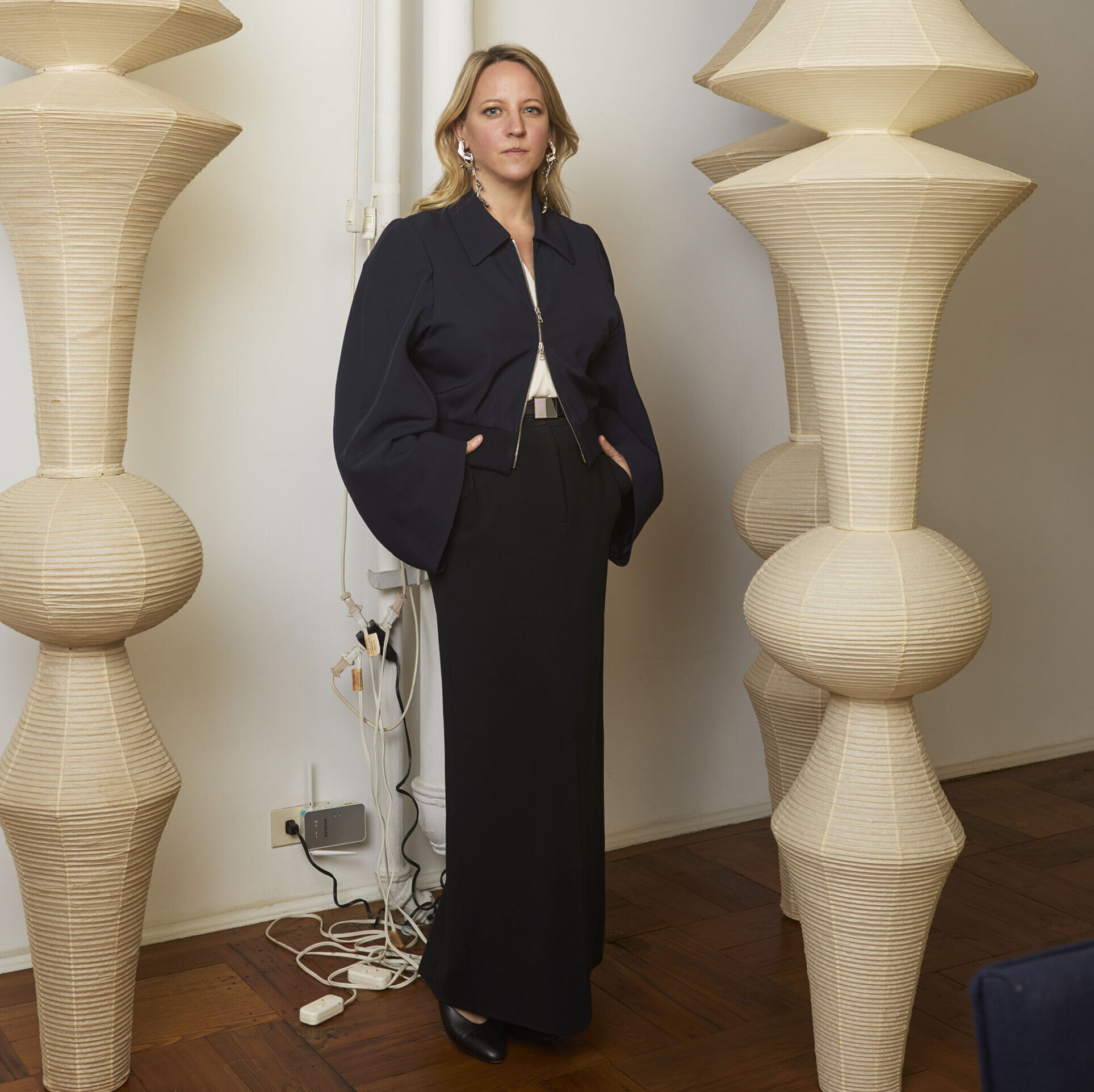
After spending much of her professional life in art-world hubs like New York and London, curator Nicola Lees took a leap of faith when she accepted the job of director at the Aspen Art Museum in 2020. As it turns out, the remoteness of the institution—along with its tight-knit community of artists, thinkers, and patrons—is its greatest asset. During her tenure, Lees has launched experiments that might not fly in more traditional museum environments, drawing leading artists to the Colorado mountains for projects that can last as long as two years.
Her biggest swing yet might be AIR, a new ongoing initiative focused on cultivating artists as leaders that blurs the boundaries between festival, think tank, and public artwork. Ahead of the weeklong kickoff event, which begins with a closed-door session for artists, scientists, technologists, and cultural leaders and ends with citywide programming from July 29 to 31, CULTURED spoke with Lees about how her work in Aspen has changed her understanding of what a museum can do.
CULTURED: What does a day in your life look like?
Nicola Lees: Most mornings start early with coffee and calls before the sun hits the mountains. (Our curatorial team is spread between the U.S. and Europe.) Then I walk my dog, Lutz Barker. From there, anything can happen. A site visit with Matthew Barney, a board meeting, and sending Allison Katz’s book to print can all occur on the same day. Being in Aspen feels like a reset. You arrive at the museum through trees, sky, and silence. It changes how you see—and how you listen.
CULTURED: As an institution, the Aspen Art Museum has such a strong foothold in the local scene. How are you thinking about what the Aspen art ecosystem needs more of?
Lees: Since I took tenure in 2020, my focus has been on building connections—across local institutions, schools, and the wider community of the valley. One early example was “Precious Okoyomon: Every Earthly Morning the Sky’s Light Touches Ur Life is Unprecedented in its Beauty”—our first garden project, conceived for the museum rooftop. It was also a way for us to test a durational model for a project. Through repeated visits over nearly two years, Precious spent significant time in Aspen, working alongside local growers. What we need more of is the space to tell our own story as a cultural destination—with deep roots, and a future that’s being shaped by artists and thinkers who come here with intention.
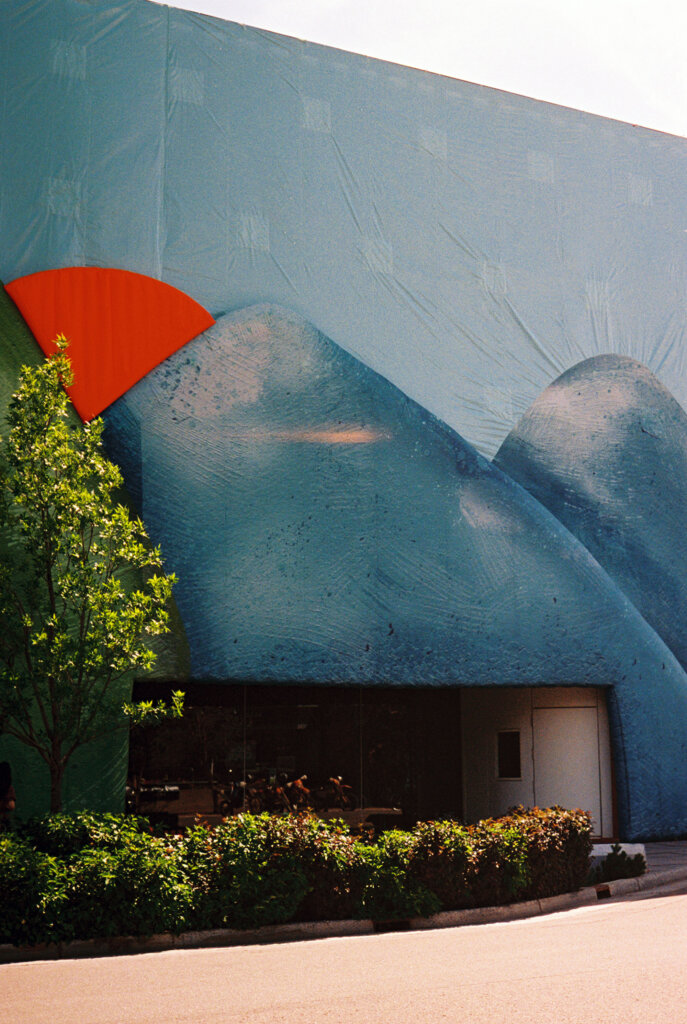
CULTURED: You assumed the directorship of the museum during the onset of the Covid pandemic. What lessons did you learn from those early months, and how have your priorities changed since?
Lees: When I came to Aspen for my interview in December 2019, I already had a clear—if still unspoken—vision. The last five years have really been about articulating that vision through exhibitions, relationships, and long-term collaborations. Taking on the role in the earliest days of the pandemic taught me just how much a museum can hold. I began to think about how the museum could support artists not just in showing work, but in returning, repeating, revising—taking time. Aspen’s geography became an unexpected asset. We are remote, yes—but still deeply connected to a global community.
My priorities haven’t changed: artist-centered programming, in-person dialogue, a museum shaped by presence. There was a moment when Aspen existed in a time zone that was one hour ahead of the rest of Colorado—a strange, poetic detail that stuck with me. It’s also the title of a book by my predecessor, Dean Sobel, which traces the nonconformist culture surrounding the founding of the museum by artists in 1979. That sense of being slightly out of sync, slightly elsewhere, still feels true to the museum. It gives us permission to do things differently.
CULTURED: Is there a particular cultural moment you look back to often for inspiration?
Lees: We live in dynamic, fast-moving times, and our focus is firmly on what a museum can do today and in the future. That said, Aspen’s history teaches us a lot about community and connection. The International Design Conference in Aspen, for example, was about building relationships across disciplines, something we’re very much still invested in. I think of Italian designer Gaetano Pesce, who first came to the U.S. to attend this conference and developed a lasting love for the Rockies.
CULTURED: You’re steering the museum through an exciting moment with AIR. What does launching a flagship program of this scope mean to you at this stage of your career?
Lees: AIR is built around the principle of artists as leaders. Launching something of this scale feels both vulnerable and vital. AIR is not just a festival but a year-round program rooted in collaboration. Something that makes Aspen unique is that you can’t just dip in and out—the journey to get here and back is long. That slowness, that commitment, changes how people relate to each other. With this awareness, we’re trying to champion experiences and conversations that could not happen anywhere else. AIR grew from a desire to build something that could carry the rigor of a think tank, the energy of a festival, and the emotional depth of a public artwork. That hybridity isn’t a concept; it’s a reflection of how artists are working today. So, rather than starting with a fixed format, we wished to open with a set of values: experimentation, generosity, slowness, and a belief in artists as central to our lives and futures. The structure emerged out of those values—and a lot of conversations!
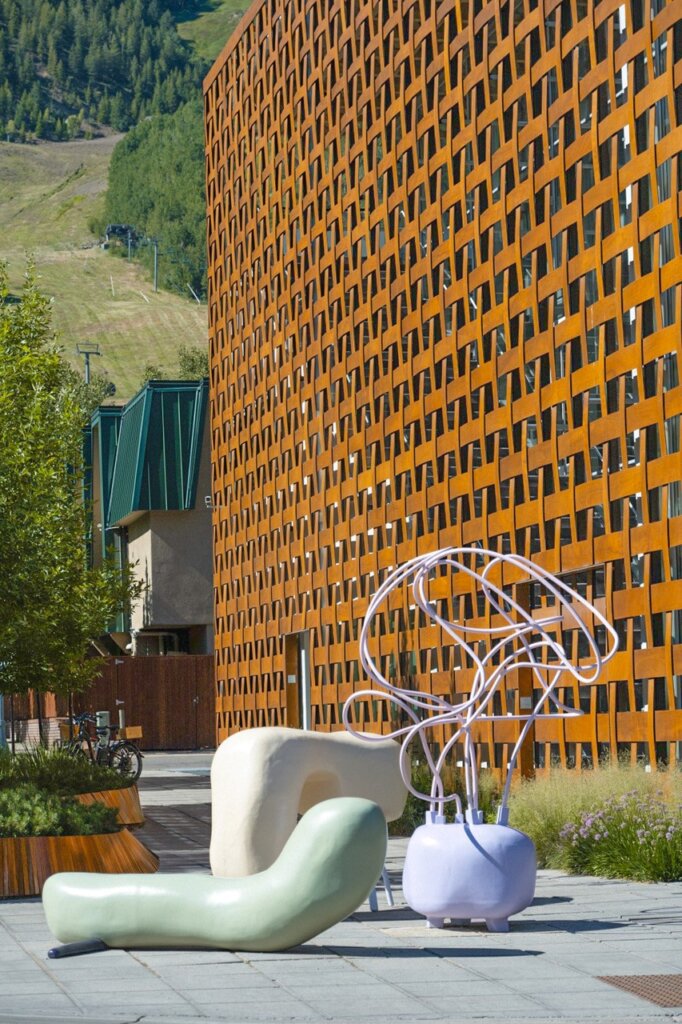
CULTURED: The AIR Retreat gathers 35 thinkers behind closed doors to design frameworks for artists to influence new technologies. What kind of impact do you hope this retreat has, beyond AIR itself?
Lees: The AIR retreat is designed to ripple outward, and we hope its impact will go well beyond the days spent together in Aspen. We are bringing together a multidisciplinary group—artists, scientists, technologists, writers, policymakers—to explore a concrete, near-future question. These conversations are prompted by needs that will soon become very pressing for our society, such as imagining new forms of identity authentication in a world where forms of human and artificial intelligence increasingly coexist. Some of this year’s outcomes will be tangible—for example, a special issue of E-Flux Journal will expand the retreat’s ideas into public discourse. But the deeper impact is often harder to quantify.
CULTURED: What artists and curators are on your AAM wish list? What upcoming shows are you most proud of?
Lees: I tend not to think in terms of a wish list, but in terms of dialogues. Glenn Ligon is someone I deeply admire as a painter, writer, and thinker. He’ll speak at AIR this summer, and we’re thrilled to be presenting his solo exhibition this winter, as well as honoring him at our annual gala on Aug. 1. I’m also excited about our upcoming project with Adrián Villar Rojas in 2026. It will be the first time we transform the galleries into fully immersive environments. Adrián and I have known each other for nearly two decades, but this is our first collaboration.
CULTURED: How do you think about the many financial challenges facing museums? Are there things you might consider doing now that would have been outré a decade ago?
Lees: We’re a small, non-collecting museum, which means we can stay nimble and take risks. That’s where collaboration comes in. It’s not just a value, it’s how we work, whether that’s co-commissioning a projector hosting another institution’s curatorial department. We’re even exploring new models with brands like Audemars Piguet. None of this would’ve felt possible a decade ago, but now it’s essential.
CULTURED: You’ve long championed artists whose practices challenge dominant narratives. How has your own experience as a leader shaped the kinds of programs you choose to platform?
Lees: I’ve always been drawn to artists who move between disciplines or come into visual art from unexpected angles. I think that reflects something of my own path. I trained as an artist at Goldsmiths before becoming a curator or institutional leader, and I’m grateful for that. It gave me a different lens—one that embraces not knowing as part of the work. Aspen has allowed me to bring all those strands together. It’s a place where I’ve been able to think through what a museum can be—something unfinished, alive, in motion. Being an unconventional leader comes with real challenges. One has to be willing to sit with uncertainty, to invest in what we don’t know yet.

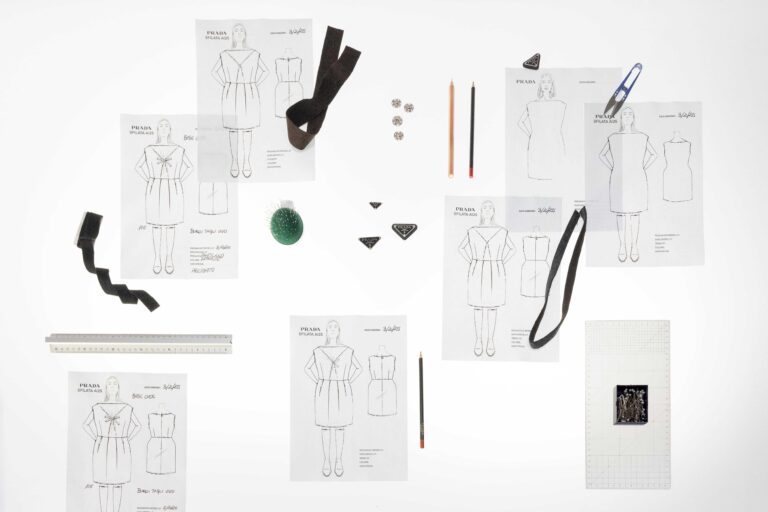


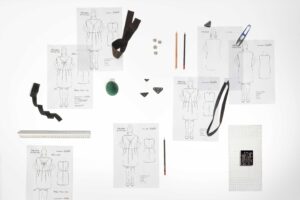





 in your life?
in your life?

